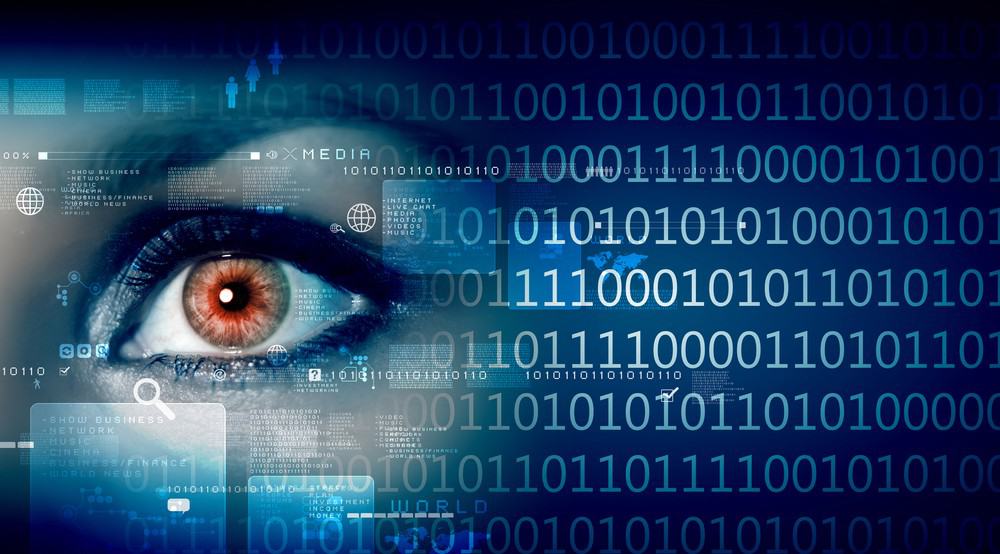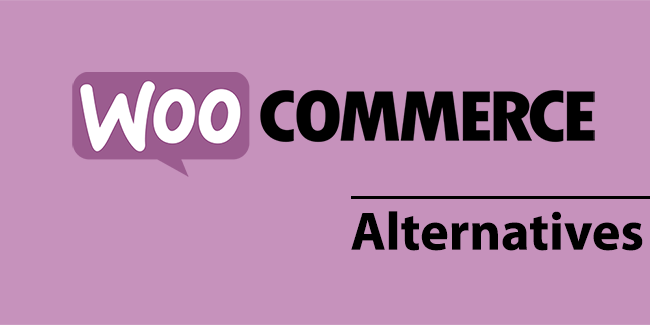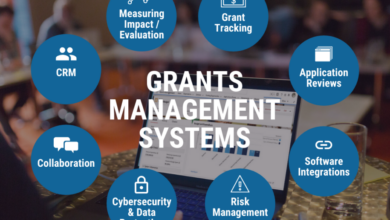10 Things CISOs Must know About Software Supply Chain

Software supply chain is a way of managing risk by controlling where your software comes from and how it’s delivered.
However, the scope of the supply chain is so huge, in fact, that it can be daunting for even seasoned business professionals to wrap their heads around—let alone someone new to the industry. That’s why we’ve put together this list of things Chief Information Security Officer (CISOs) must know about software supply chain!
—But, before that, let’s understand why is software supply chain so important:
It’s just good sense – you don’t grow a business without an efficient supply chain.
The software supply chain is responsible for ensuring that all users—from individual consumers to large corporations—can trust their computer systems, which means keeping them secure and up-to-date with antivirus software and other defenses against malware attacks. If you don’t have trustworthy security measures in place at every stage of development and distribution then you’re putting yourself at risk for data breaches or other cyber threats like ransomware attacks where hackers demand payment from victims in order to decrypt their files after encryption has occurred!
A single piece of software can pass through many different hands before it reaches the end user, so it’s important that each person along the way understands their role in ensuring that the product is safe for use.
It’s no secret that software supply chains are complicated and difficult to manage. But what about the people who need to manage them? We’re talking about you, CISO! As you know software supply chain security is essential for every web developer so You’ve got a lot on your plate, from managing security risks to making sure the company is compliant with the latest regulations.
As a CISO, you know that your job is to secure your company’s data and make sure it stays safe. However, you also know that it’s not always easy to do—especially when you have to deal with the massive amounts of software that are used in every facet of your business. There are so many different types of software out there, and each one has its own unique security vulnerabilities.
The chief information security officer (CISO) is a valuable member of an organization, and it’s important to keep them informed on the latest developments in the industry. He is responsible for making sure that their companies have secure systems in place, but they often don’t know where to begin when it comes to improving the software supply chain. The truth is that there are several things that CISOs can do to improve their company’s software supply chain and protect it from hackers and other threats.
Here are some things the CISOs should know about software supply chain:
1) Software Supply Chain is highly connected and has a lot of potential vulnerabilities, therefore it’s important that you
- know your vendors, know what data is being collected by whom,
- know where data is stored
- know who has access to which parts of the system
- know what measures are being taken to protect sensitive information
2) Software Supply Chain needs to be protected at every point along the way
3) Software Supply Chain Is A Really Big Deal (But Most Companies Are Ignoring It)
4) There Are Things You Can Do To Protect Your Company From Software Supply Chain Threats: The best way for an organization to ensure the security of its supply chain is to buy from companies with good reputations who have already gone through a stringent vetting process and been approved by trusted third parties
5) The software supply chain is complex b’coz, it’s not just about the code—it’s about services too! :The software supply chain is composed of many different parts, all of which are important to your business’s security.
6) Security is no longer just an afterthought—it’s a core feature of every product and service in the enterprise. Hence, Software supply chain requires constant vigilance: The software supply chain has been under attack by malicious hackers for years, so it’s important to know how these attacks happen and how you can defend against them.
7) The threat landscape has changed in the last decade: It’s important to understand the various positions along the software supply chain and what they do for you (and others) before you make any decisions about how to handle them. The supply chain is complicated, and there are many ways in which attackers can exploit it to their advantage—Attackers are getting better at exploiting these vulnerabilities, so it’s important that organizations take steps to mitigate them as best they can
8) The process of building and maintaining your own software or buying pre-built software from a third party helps you ensure quality, security, and compliance with legal requirements. It can help you improve productivity by working with trusted suppliers who can provide solutions that meet your needs quickly and easily.
9) Know where your data is going (and coming from). Your users are going to expect privacy from their software—and so should you! Make sure all of your data stays where it belongs: with your users.
10) Always keep handy the updated objective data about a third-party’s security posture. You can use a risk assessment tool aswell!




